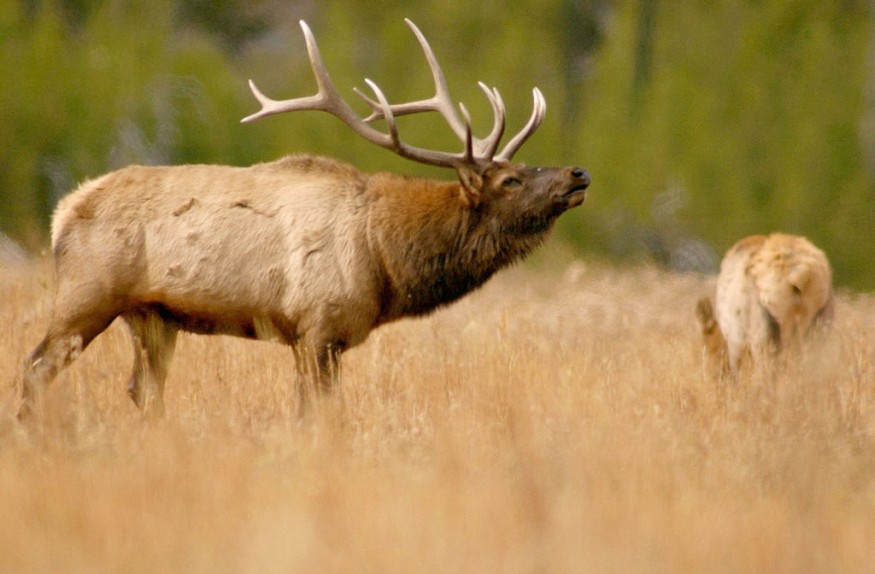As we commemorate Valentine's Day, it's also essential to remember that exhibiting affection isn't just for humans. Every species on the planet show courtship to attract potential mates.
Courting in the Animal Kingdom

A collection of courting actions in which a male animal, generally a male, strives to attract a mate; the mate has a say in the matter. Hence the display impacts sexual selection.
Ritualized movement ("dances"), vocalizations, mechanical sound generation, or collections of beauty, strength, or agonistic ability are all common examples of these activities.
One of the fascinating processes in ecology is courtship, or the process by which a person chooses and fights for a mate with whom to reproduce.
Males try relentlessly to demonstrate their strength, general health, and mating appeal, ranging from executing an elegant dance by flailing the bluest of feet (Blue-Footed Bobbies) to creating sophisticated nests of seduction (Bowery Bird).
In many situations, these displays are both expensive and dangerous in terms of energy use, resulting in the depletion of valuable resources and predation risk. However, the importance of picking a good partner for reproducing animals cannot be understated since the choice will have an impact on the percentage of viable offspring and the preservation of the individual's genes.
Related Article : 5 Animals That Symbolize Love!
Various Theories
Scientists have devised various distinct ways of thinking about the development of desire and characteristics, based on Charles Darwin's theory of sexual selection, which states that some evolutionary adaptations are primarily meant to assist individuals to outcompete others for mates.
Good Gene Model
According to the Good Gene model of sexual selection, females choose partners that provide honest signs of the male's propensity to pass on genes that would help her kids survive and reproduce more successfully in the future. Carotenoids (organic pigments found in a variety of fruits and vegetables) are found in a variety of fruits and vegetables; therefore, the color of the feathers of a bird may represent its capacity to forage. Because foraging skill is genetically determined, females who pick a good forager male are more likely to have kids who are also good foragers.
Handicap Hypothesis
According to the Handicap Hypothesis, some sexual adornments are damaging to males but appeal to females because they show a male's capacity to deal with them. A bird's brilliant colors, for example, render it particularly susceptible to predators. As a result, the colorful feathers might be a true sign of the bird's ability to live despite its handicap.
Sensory Bias
Sensory Bias is another theory that claims that men have developed features that attract females' attention by using colors, noises, and forms that appeal to their senses. Males with prominent orange markings, for example, are more attractive to female guppies, which might be due to an inbuilt food detecting sensory bias.
Runaway Hypothesis
Finally, according to the Runaway Selection Hypothesis, the female preference for a characteristic and the trait itself may be connected over time - a positive feedback mechanism that leads to sophisticated structures, such as peacock feathers, which may persuade men to pay higher prices than they are worth.

These ideas help us better comprehend some of nature's most amazing qualities and behaviors and appreciate the arduous efforts that animals make to locate a partner.
Also Read : 7 Animals That Prove 'Forever' is Real in Mating
For more news about the animal kingdom, don't forget to follow Nature World News!
© 2025 NatureWorldNews.com All rights reserved. Do not reproduce without permission.





